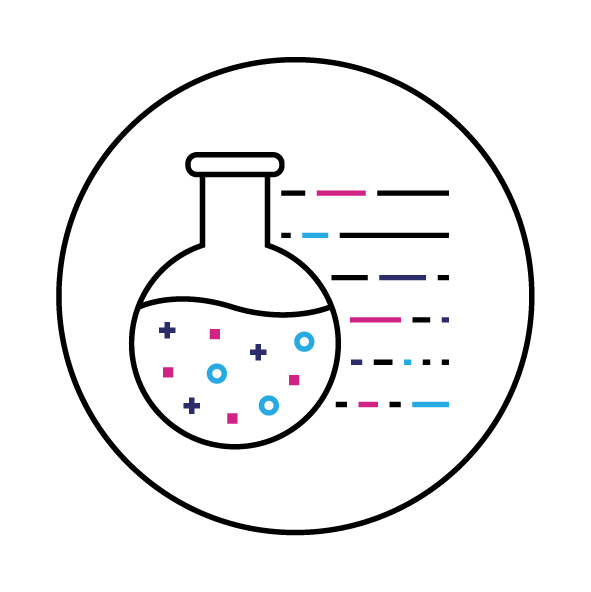
Trace Metals
At least 19 elements on the periodic table are essential for human health, though these exist in a delicate balance that can be easily disrupted by disease. Additionally, a range of toxic metals are present in our environment that accumulate in the body and cause long-term health effects, even at incredibly low levels. The primary goal of our Metals Division is to accurately measure a range of metals in biological samples at the lowest levels possible. Using cutting edge technology, we can detect trace levels of the essential elements that include iron, copper, and zinc, as well as toxic heavy metal pollutants like lead, mercury and cadmium. Our overarching goal is to develop and maintain a state-of-the-art facility that applies the best technology available to study how metal exposures contribute to health and disease.
Analytical Methods:
Analytical methods for high-throughput analyses uses technology including inductively coupled plasma-mass spectrometry, and high-energy argon plasma burning hotter than the surface of the sun to break down samples into their basic atomic components, including metals. We also use a direct mercury analyzer, which is specially designed to measure mercury at the lowest levels possible.
| Analyte | Matrix | Assay method |
| Metals Aluminum (Al), Arsenic (As), Cadmium (Cd), Chromium (Cr), Copper (Cu), Iron (Fe), Lead (Pb), Manganese (Mn), Mercury (Hg), Nickel (Ni), Platinum (Pt), Selenium (Se), Vanadium (V), Zinc (Zn) Other metals as requested | Fluids Blood, urine, serum, plasma, milk, semen, umbilical cord blood, nasal lavage, lung lavage Soft tissue Placenta, umbilical cord, kidney Hard tissue Teeth, toenails, fingernails, bone, hair | ICP-MS (solutions, digests), Direct mercury analyzer (Hg) |
